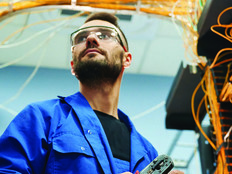Hot Migration: The Path to Achieving Workload Mobility
Almost since the inception of current-day server virtualization, vendors have been working toward the ability to move virtual machines (VMs) from physical server to physical server, across a network, without an interruption in operation. This process is known as hot migration, and it fulfills several needs:
- Frees up a given physical server for maintenance without downtime for users;
- Dynamically balances workloads among physical servers so that they all run at optimal levels;
- Prevents a facility’s underperforming servers (or those on the brink of failure) from interrupting operations.
The technical hurdles involve moving VMs among servers that don’t share the same virtual LAN, memory and storage resources. First, the bandwidth required to move VMs over distances can be prohibitive. The advent of 10 Gigabit Ethernet, mechanisms for bit-mapping memory and shipping it along with the VM, and virtualizing the network so that IP and Media Access Control (MAC) addresses travel along with the VM have mitigated these problems.
Organizations also are employing storage virtualization combined with the active-active data center. As opposed to active backup (also known as active-standby), constant production-mirroring supports not only planned motion of workloads, but also allows for high-assurance failover in the event of a catastrophic failure at a site — for example, a fire or other physical damage to a cabinet.
For more tips and information on data center optimization, download our Data Center Optimization reference guide.







